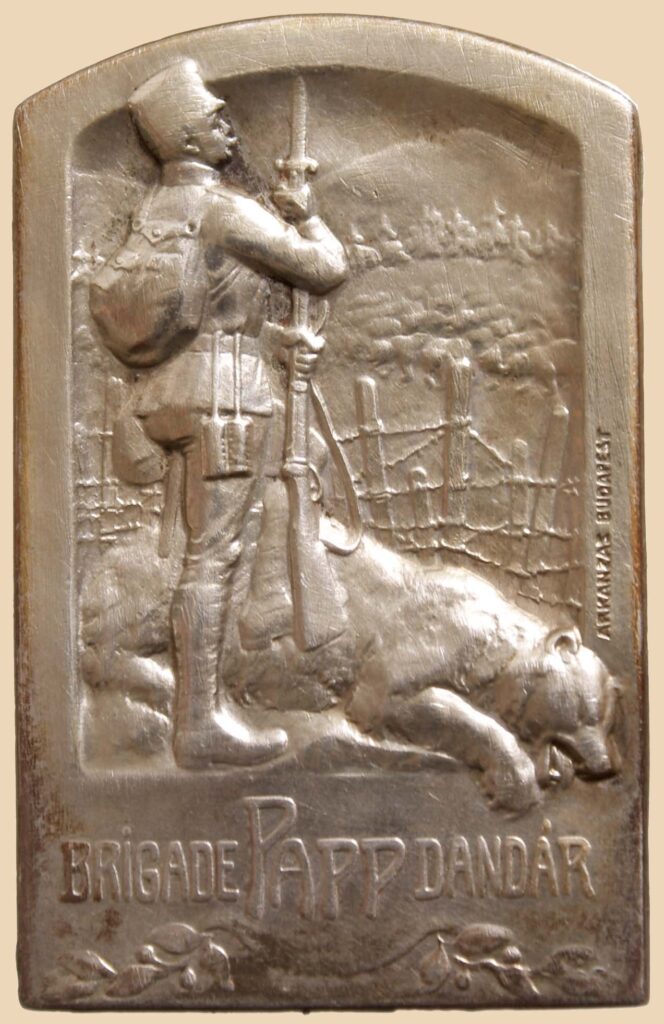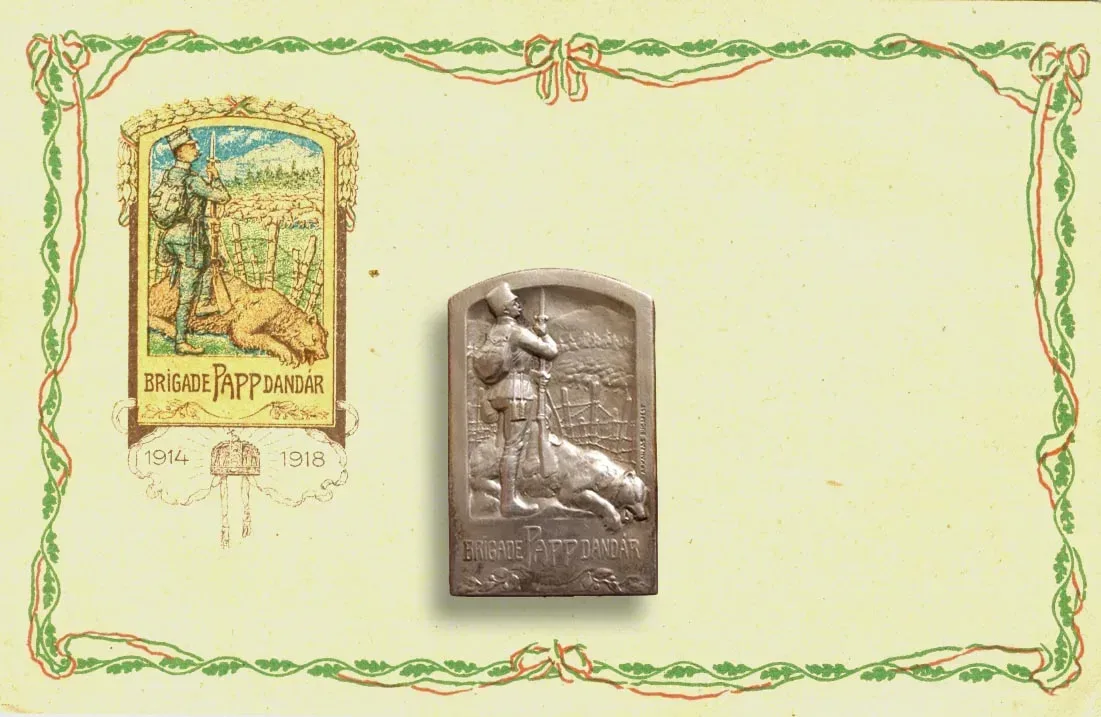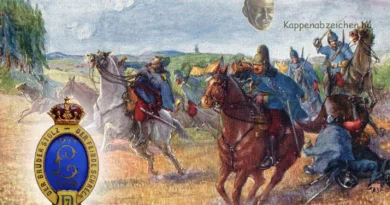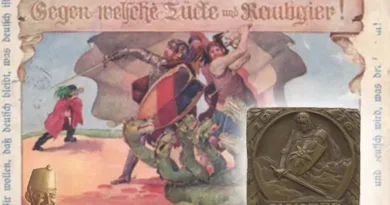Papp Brigade
The entry of the Monarchy into the Great War was not in accordance with preconceived notions. The speed of Russian mobilization surprised the military leadership. Most of the troops marching to the Serbian battlefield suddenly had to be transferred to Galicia, causing a great uproar in rail transport. Until the troops arrived, units formed improvised on the front had to go to combat. Improvisation occurred many times also later on. By this time, suddenly assembled troops had been used to make up for heavy losses or to block Russian incursions. The Romanian invasion also had to be offended by gathering men (such as gendarmes) who were soon on hand and had received any military training.
The history of the Papp Brigade was similar. The team deployed in defense of the Carpathians, then in Galicia and Bukovina, did not receive a regular form until 1917. The unit consisted mainly of remnants of insurgent units formerly intended for a more ancillary role, as well as the Russ battalion consisting of volunteers, which had previously operated independently in Bukovina. From 1916 to mid-1918, these troops operated in the Carpathians and in the recaptured Bukovina.

The badge of the brigade depicts a guard standing in the Carpathians. At his feet lies a lifeless bear. In the distance, however, an entire herd of bears is preparing for another attack. The sentry waits for these, leaning on his weapon. The bears, of course, symbolize the Russian army. Since the brigade was officially established under this name in 1917, the badge could then be made by the Arkanzas company in Budapest. The date of the field postcard, decorated with a color drawing of the badge, is even later, 1918. The badge is known in grey metal and silver plate versions.




